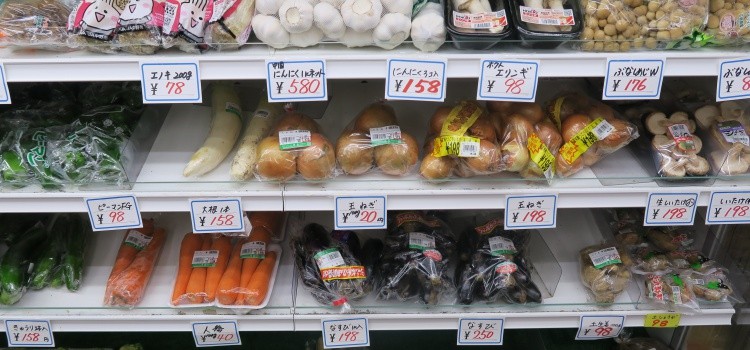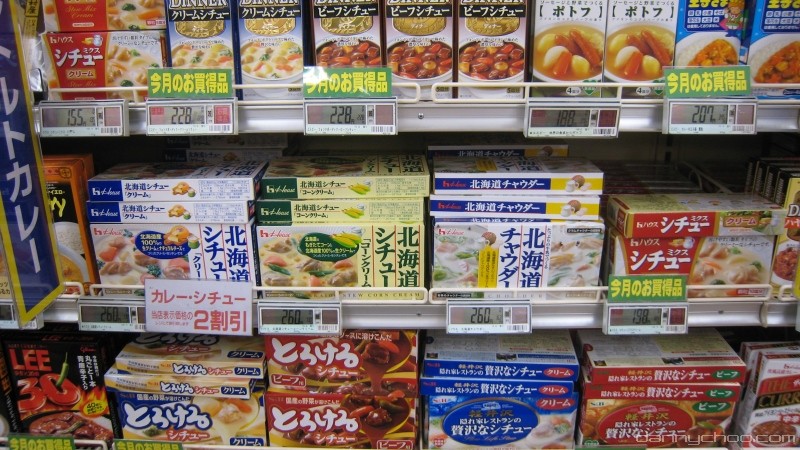Visiting a Japanese market is a unique experience, full of flavors and products that we often only find in Japan. To make the most of your visit, it's important to know some basic terms and understand how the purchasing process works, as well as have useful tips to explore the best stores and find the right products.
This article is a practical introduction for those who want to learn more about the world of Japanese supermarkets, with a list of useful vocabulary, tips on how to shop, and some recommendations for stores and products.
Table of Content
Essential Vocabulary for Supermarkets in Japan
Before entering a Japanese market, it is helpful to learn some words and phrases to make your shopping easier. Here is a list of terms you will see frequently:
Common Terms
- 野菜 (Yasai) – Vegetables
- 果物 (Kudamono) – fruits
- 肉 (Niku) – Meat
- 魚 (Sakana) – Fish
- 米 (Kome) – Rice
- パン (Pan) – Pão
- 卵 (Tamago) – Eggs
- 牛乳 (Gyuunyuu) – Milk
- お菓子 (Okashi) – Sweets/Snacks
- 弁当 (Bento) – Boxed meal/dinner
Useful Phrases
- これはいくらですか? (Kore wa ikura desu ka?) – How much does it cost?
- 安い (Yasui) – Cheap
- 高い (Takai) – Dear
- お会計お願いします (Okaikei onegaishimasu) – I would like to pay, please.
- 袋いりません (Fukuro irimasen) – I don't need a bag.

How to Find and Choose Japanese Markets
The variety of markets in Japan is vast. From local supermarkets to large chains and specialty stores, each has its peculiarities.
Popular Supermarkets
- AEON: One of the largest supermarket chains in Japan. It offers everything from fresh food to household items. It's an excellent choice for those looking for affordable prices and frequent promotions.
- Seiyu: Part of Walmart, Seiyu is known for its variety and low prices. Many Seiyu supermarkets operate 24 hours, which is ideal for those with irregular schedules.
- Life Supermarket: A well-distributed network that offers a wide selection of fresh foods, including organic products.
Tips for Saving at Supermarkets
- Check the promotion times: Most supermarkets offer discounts on fresh foods in the evening, especially on fish, sushi, and meats. Keep an eye on the discount tags.
- Use market apps: Apps like LINE and PayPay sometimes offer discounts and cashback for purchases.
- Buy in bulk: Products like rice and snacks tend to be cheaper when bought in bulk.
- Utilize local markets: Small local markets may have affordable prices for certain specific products. Always try to seek out local producer markets to buy vegetables and fruits.

Procedures and Tips for Shopping
Shopping in Japan may seem challenging at first glance, but with a few tips, the experience becomes smoother.
Purchase Process
- Carts and BasketsUpon entering, you will find shopping baskets or carts. Place your basket in the smaller cart that fits below, a common practice in Japanese supermarkets.
- Labeling in the Food SectionIn the areas of fish and meat, avoid touching the products directly without packaging. Fruits are sold by unit or packaging, and prices can vary widely.
- PaymentMany markets accept credit cards, but having cash is always a good idea. Use the self-checkout if you're in a hurry.
Etiquette and Culture
- Use of BagsPlastic bags are charged, so bring your own ecobag to save money and be more sustainable.
- Packaging Disposal: Before leaving, dispose of the packaging and plastics that you will not take home, using the available bins.

Convenience Stores and Recommended Products
The famous konbini (convenience stores) are another practical option. Chains like 7-Eleven, FamilyMart, and Lawson offer a wide range of products, from ready meals to essential items. Many expatriates and tourists take advantage of the convenience of these stores, which are open 24 hours.
Products You Need to Try
- Melon Pan: A sweet bread with a light melon flavor, perfect as a snack.
- Onigiri: Stuffed rice cakes, a tasty and affordable option.
- Karaage: Japanese style fried chicken, usually sold in the hot section of many supermarkets.
Specialty Stores
- Kaldi Coffee Farm: Ideal for those looking for international and imported ingredients.
- Don Quixote: A mix of supermarket and convenience store, famous for its low prices and varied products.
With these tips and vocabulary in mind, you'll be ready to explore the world of Japanese markets and make the most of your shopping experience!

Footage
The Velberan Video below, is quite recent and explanatory, shows details about the products and their values.
The video below shows shopping inside the super market.
Another video that shows shopping inside a market, a little older.
